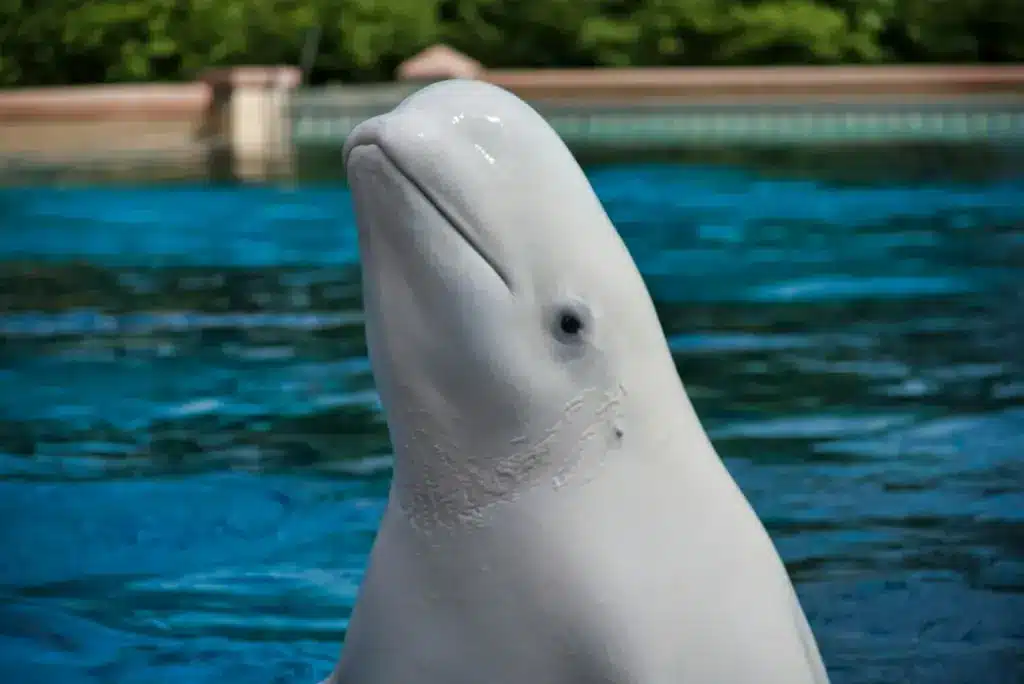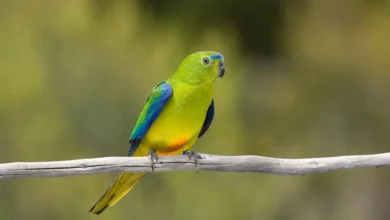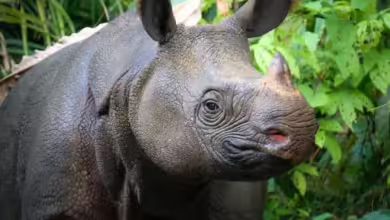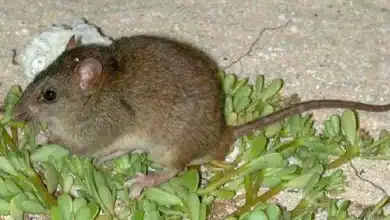Species Most Endangered By Global Warming
Global Climate Change Threatens A Host Of Animals Other Than Just Polar Bears
We have mentioned in other places on this site that the world contains thousands of vulnerable, threatened and endangered species, and that lists of the “most threatened” animals often say as much about the people making the lists as they do about either the listed animals or the specific threats facing them. In other words, the makeup of the list depends on the message that a particular lister is trying to communicate to anyone who might read that list. The personal preferences, and even prejudices, of the lister might also play a role.

That’s not to say, however, that lists are not useful. In the last week, two conservation organizations have stepped forward with lists that they hope will serve to remind people that, while global climate change has been causing some much-publicized problems for polar bears, there are a lot of other creatures as well that are likely to suffer because of global warming.
The two lists, not surprisingly, have very different animals on them. The Species and Climate Change list, published last week by the International Union for the Conservation of Nature (IUCN), profiles 9 animals, mostly from the Arctic but also from elsewhere, as well as one plant, to illustrate several of the many environmental problems that befall living things when their climate changes. The IUCN, by the way, is the international organization that maintains the complete lists of the world’s thousands of endangered, threatened and vulnerable species.
Meanwhile, the Wilderness Conservation Society last week published its own list of Species Facing the Heat as a way to draw attention to some “unsung” animals that are being threatened by global climate change.
The IUCN List Includes:
The Emperor Penguin, which may face food shortages because of a reduction in shelf ice under which the bird hunts for the shrimp-like krill on which it feeds. Less ice also means smaller breeding areas for the penguins.
Ringed Seals, which must shift their ranges further north in order to find ice on which to raise their young.
The Arctic Fox, which faces competition from red foxes that are now able to expand their range into the tundra because of global warming.
The Beluga Whale, which faces increased human intrusion into its habitat due to reduction in the ice that previously made boat travel difficult.
Staghorn Corals, whose skeletons are dissolving due to the increased acidification of the oceans.
Clownfish, which are also threatened by oceanic acidification that affects their sense of smell, thereby hindering them in their search for the sea anemones in which they live and on which they depend for protection from predators.
Salmon, which will suffer from the fact that warmer water temperatures deplete the oxygen content in their breeding streams and rivers.
The Koala Bear, which, because of the way that the increased amount of CO2 in the atmosphere affects Eucalyptus trees, is suffering from the decreased nutritional content in the Eucalyptus leaves on which it feeds.
The Leatherback Turtle, whose reproduction is being affected by the rising temperatures of the beach sand in which it lays its eggs. Warmer temperatures cause dramatic imbalances in the sex ratios of turtle hatchlings.
The WCS list of animals affected by climate change includes five completely different creatures:
Bicknell’s Thrush, a species native to high-elevation regions of the Eastern US, is seeing major changes in its breeding habitat due to global climate change.
Flamingos are experiencing a reduction in the size and quality of the tropical and semi-tropical wetlands they depend on for survival.
The Irawaddy Dolphin, one of the world’s four freshwater dolphin species, is being affected by changes in water flow and salinity in its Bangladesh and Southeast Asian river habitats.
The Musk Ox faces increased predation by grizzly bears that will be able to expand their range into musk-ox habitat due to global warming.
The Hawksbill Turtle, which faces the same climate-related reproductive problems as the leatherback turtle on the IUCN list.



